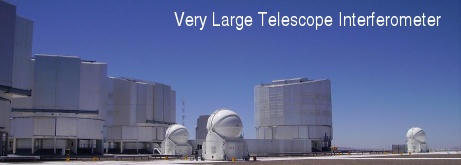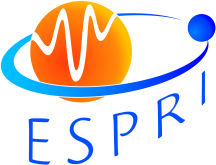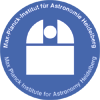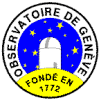|
High-precision measurements of a star's position are required in order
to measure the reflex motion due to a planet. At optical wavelengths, the
angular resolution of astrometric measurements is usually limited by one
of two factors:
The first of these limits comes from optical diffraction
effects at the telescope aperture. The second of these limits can only be
overcome if the perturbing effects of the atmosphere are recorded at high
speed, and these effects are then compensated for (using e.g. speckle imaging, adaptive optics or
interferometry with fast-frame-rate detectors).
The technique ESPRI will be using to obtain high-resolution information
is optical interferometry. This method involves the combination of light
from a star observed through separated telescopes and combined to produce
interference fringes. These fringes are bands of light caused by optical
interference, like those seen in a Young's double-slit experiment (Figure
1).
In an astronomical interferometer, the light source is the star which is
being observed. Instead of using a mask with two holes followed by a large
lens (as in Figure 2), two telescopes are positioned on the ground some
distance apart, and the light from these telescopes is redirected to a
central location using mirrors (see Figure 3). A telescope array such as
this can record high-resolution information about a source without
requiring the large (expensive) lens used in Figure 2.
By combining light from different telescopes and using them as an
optical interferometer array, information can be obtained about much
higher-resolution structure than could be observed using one of the
individual telescopes which make up the array. The resolution of
observations can be increased by positioning the telescopes a long
way from each other — the resolution is similar to that of a diffraction-limited space telescope with a diameter equal to the maximum separation of
the telescopes in the array. This is the principle of performing
optical observations with higher angular resolution than given by the diffraction
limit of the individual telescopes.
|
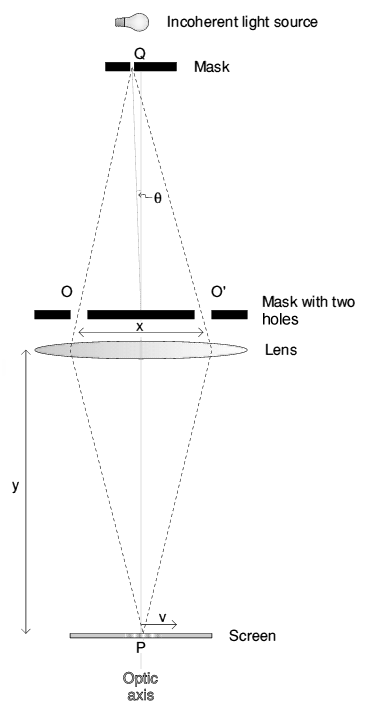
Figure 2 — Young's double-slit experiment. Light from a
small source (in this case the illuminated hole Q) is passed through two
holes in a cardboard mask. A lens is then used to produce a focused image
of the original light source. Optical interference effects convert the
image of the point source into a fringe pattern (at point P). By taking
photographs of the fringe pattern with a range of different positions for
the holes in the mask and processing these images, an image of the
original light source (Q, the illuminated hole) can be produced.
|
